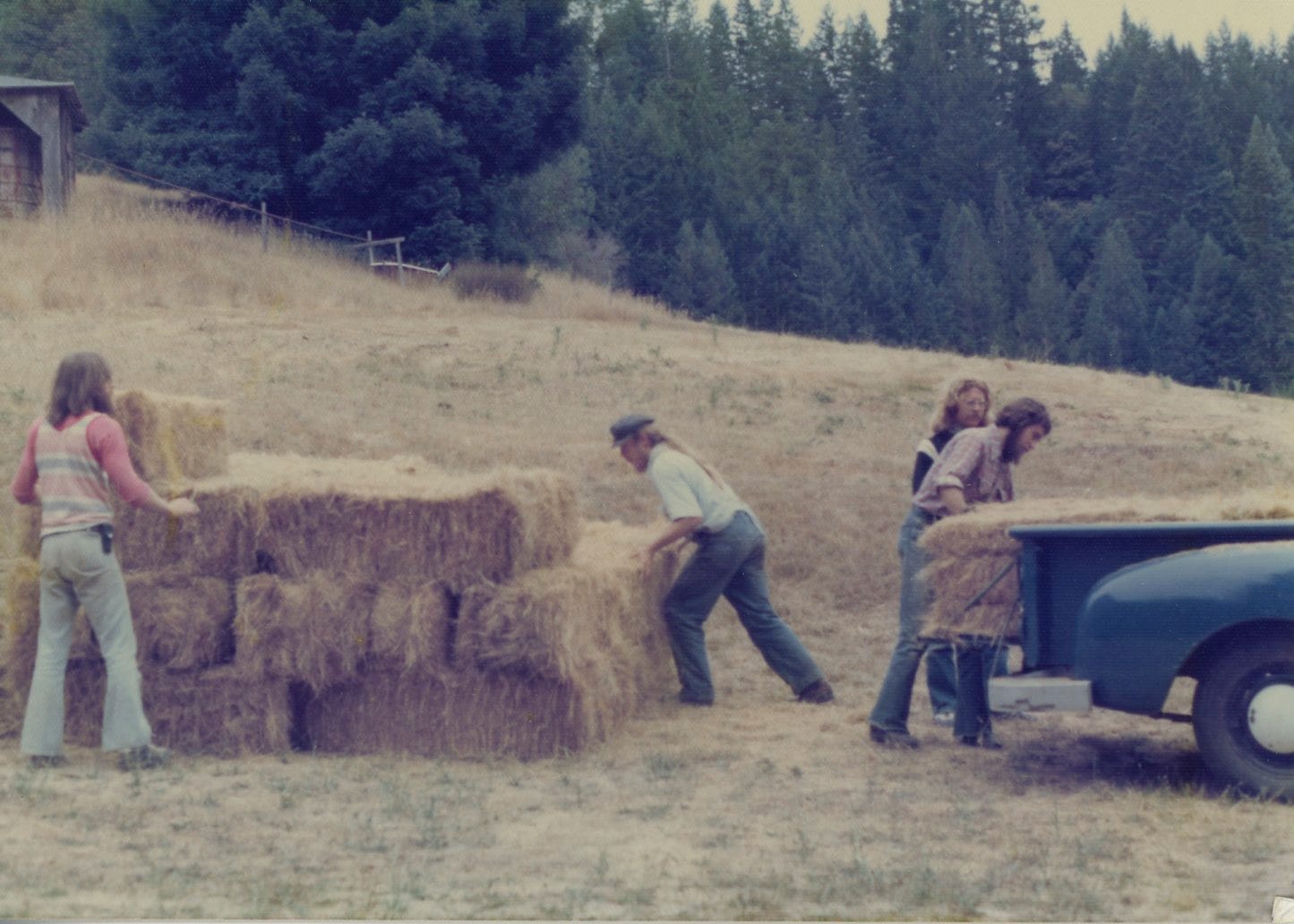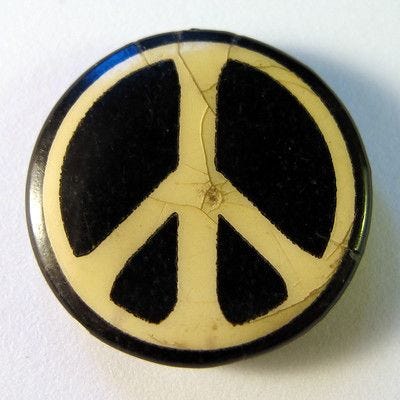4.8 Sources of Livelihood
Research About the Counterculture

“People live in Comptche by choice, and that selection is not generally related to their work, but to the style of living they prefer... Comptche's residents support themselves in a diverse number of ways including spending less and living more simply. “
Comptche Advisory Committee, 1978
The back-to-the-land imperative was to live off the land, as close to cash-less as possible. But there’s still a need for currency. How did back-to-the-landers, particularly those with children, meet their needs beyond what they could produce themselves?
Asking participants how they derived income during the ‘70s, I came up with the data set below. I also asked about how they perceived the Other during that time. Comparing these responses about income and work to perceptions of the Other reveals the community divide was based in part on beliefs and values.
For example, some old-timers characterized the newcomers as “dirty hippies,” “freeloaders,” and “not working unless they had to.”
In contrast, back-to-the-landers characterized their old-timer neighbors as “hard workers”. Some wished all logging operations would stop.

Old-timers’ livelihoods centered on harvesting the forest for timber while newcomers harvested the forest for mushrooms, herbs, roots and wildflowers. Also known as “wild crafting,” the practice of gathering resources from the forest sometimes entailed trespassing, which caused resentment—another divisive element, this one based on practices.
Neighbors eventually forged relationships when they hired one another for services such as grading roads, digging wells, or surveying land. Bartering was a strong part of the local micro-economy. Fresh milk for an agreed period of time in exchange for two cords of firewood. For a while, there were four back-to-the-lander women, one was my mom, with fresh milk for sale or trade. One of the women offered free delivery and consequently sold a lot of milk.

Another back-to-the-land family, the Evans, ran a small ranch and butcher shop. Bob Evans provided valuable services for old-timers and newcomers alike. Providing for one’s family was a way for the people of Comptche to form relationships and build bridges.
Income source was a good indicator of whether one was an old-timer or newcomer. The table below, Sources of Livelihood, shows old-timers noted logging and ranching as their top sources of income. Top income sources noted by newcomers was welfare, along with small-scale farming and agricultural products.
Research participants noted it was “hard to make a living” and there was “little money, hard to find any.” Living in Comptche during the 1970s took resourcefulness and depended on relationships with neighbors and community members.

The Comptche Advisory Committee (CAC) was a group of locals from both “sides” who formed mid-decade at the request of the County. They surveyed the community and collected qualitative data, such as attitudes, as well as quantitative data, and found the average family income in Comptche was below state and national averages. Their report states this is because Comptche residents had different priorities for spending than did middle class America:
“…the abundance of consumer goods typical to average American communities is less in evidence here.”
Their survey shows sources of income in addition to my study: auto wrecking yards, medical and counseling practices, upholstery, seamstress, automobile repair, professional musician services, investments, and a few residents had retail shops in Mendocino village.
Some back-to-the-landers were artists who sold or traded their art; some were craft-folk who made and sold redwood burl boxes, pottery, comfortable clothes, stag horn buttons, furniture, hand-tooled leather goods. Handcrafts were bartered among locals, as well as sold at at fairs, festivals, galleries, and retail shops catering to tourists.
A handful of recording artists and musicians lived in Comptche during this time, including Booker T. Jones, members of the Coolidge family, and a few rock band members. At least two fine arts painters lived in Comptche: en plein air artist Jody Evans and the realist painter Olaf Palm (1935-2000).
The Comptche community defined itself during the 1970s as “economically unique,” says the CAC report. They discovered common ground, and would discover more, but first they recognized an economic value shared by old timers and newcomers: “spending less and living more simply.”
Coming up next: Household Amenities and living off the grid
Resources for this post:
Comptche Advisory Committee (CAC), 1978. Comptche Conservation Plan. Mendocino County Planning Division, Ukiah, CA.
Thomas, Irene D., 2005. Olaf Palm: A Life in Art. Redwood Springs Press.
Spicer, Lisa Gruwell, 2012. Finding Common Ground: When the Hippie Counterculture Immigrated to a Rural Redwood Community. Western Washington University Press.




